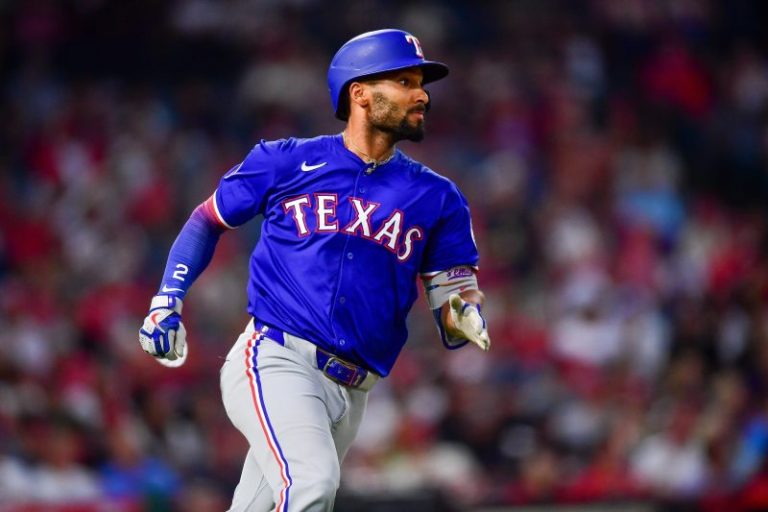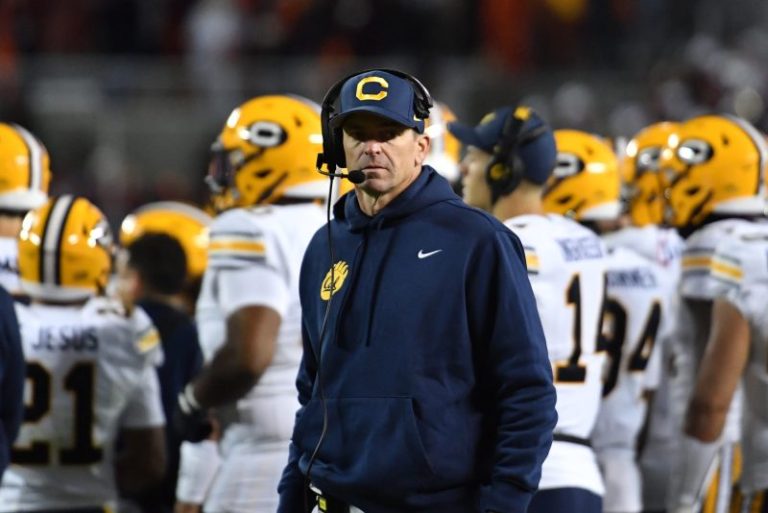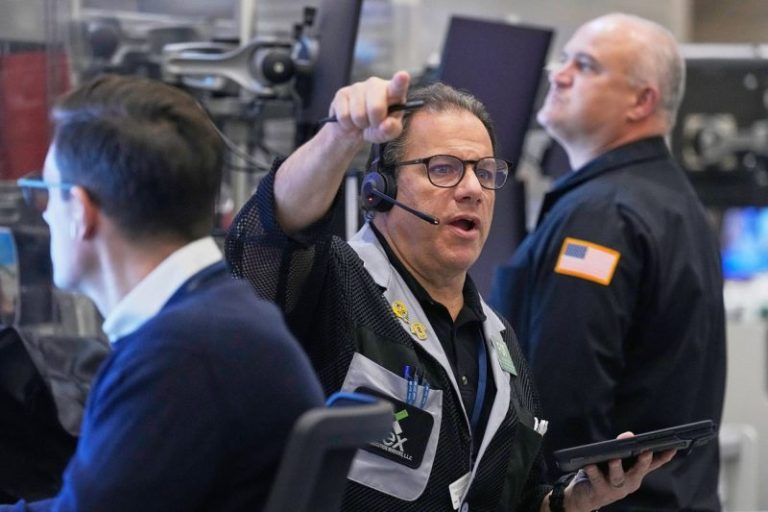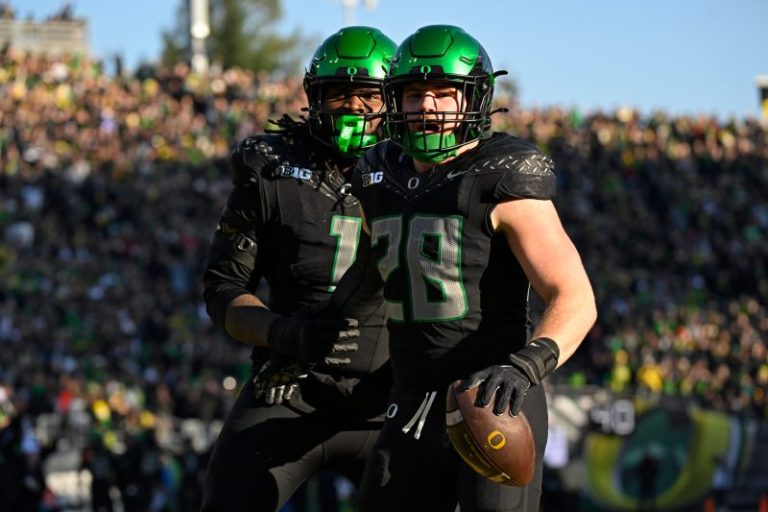Inter Miami is headed to the Eastern Conference final for the first time in franchise history after defeating FC Cincinnati, 4-0, at TQL Stadium on Sunday, Nov. 23. Lionel Messi showed why he’s one of the greatest to ever do it, tallying the winning goal and three assists on the night, breaking the all-time MLS record for goal contributions, and Miami might still have two games to play.
FC Cincinnati had advanced in the MLS Cup Playoffs after winning the best-of-three series in the first round against the rival Columbus Crew. Brenner Souza secured his team’s place in the semifinals with two impressive goals in the second half of Game 3 against Columbus, earning Cincinnati a matchup against Inter Miami.
Miami now awaits the winner of the Philadelphia Union-New York City FC playoff game.
Inter Miami vs. FC Cincinnati highlights
FINAL: Inter Miami 4, FC Cincinnati 0
Although FC Cincinnati started this game hounding the Miami goal, the flip switched about 20 minutes in, and from then on, it was all Miami.
Lionel Messi was the difference in this game, tallying the game-winning goal and three assists in this contest. He had an opportunity for a second goal as well, but left his breakaway opportunity just right of the Cincinnati goal.
Miami is headed to the Eastern Conference Finals.
GOAL: Allende (74′); Inter Miami 4, FC Cincinnati 0
You’d think Miami would be satisfied with a three-goal lead, but no. Despite their massive lead, they’ve kept their foot on the pedal, cultivating in a 1-on-1 opportunity for Allende resulting in a goal, his fifth of the MLS playoffs and Messi’s sixth assist of the playoffs.
Not only did Allende score, but his goal came just moments after Messi had a breakaway chance of his own that wound up wide right. Regardless, Miami got the goal they wanted. They lead 4-0 and appear to be headed to the Finals.
GOAL: Allende (62′); Inter Miami 3, FC Cincinnati 0
It’s all Miami now, and once again, a terrific through ball from Lionel Messi gave Allende a 1-on-1 with Celentano and Allende delivered with a shot into the bottom left corner. Miami leads 3-0.
GOAL: Silvetti (57′); Inter Miami 2, FC Cincinnati 0
The 19-year-old Silvetti is making an impact. With all the Cincinnati attention on Lionel Messi as he carried the ball up the middle lane, one quick pass to his left gave Silvetti a phenomenal look at the net, which he blasted into the bottom right corner.
The youthful Argentinia star gets the feed from the Argentinian legend to put Miami up 2-0.
HALFTIME: Inter Miami 1, FC Cincinnati 0
Deep into stoppage time in the first half, Miami had one final attack as Silvetti was offered a beautiful cross with a look at an open net. However, Cincinnati’s defense was able to disrupt Silvetti just enough to prevent him from scoring. We head into halftime with Miami leading 1-0.
Rodriguez with great look for Miami
Messi’s goal has sparked something in Miami. They’ve been the ones threatening the last few minutes. Messi himself had another great chance with a small breakaway in the 27th minute. However, Messi missed his shot wide right.
That said, Miami’s best chance to extend their lead came when Messi crossed the ball minutes earlier to Rodriguez, who hammered a shot on goal, only for it to be knocked away by Cincinnati keeper, Celentano.
This game remains 1-0, Miami leading.
Cincinnati misses another
Although Miami is leading, FC Cincinnati has not stopped their attack. They are swarming the Miami net. This most recent attempt was a miss at point blank from Echenique. Despite being just feet away from the net, Rios Novo’s presence forced a miss wide left, halting the Cincy attack in its tracks.
GOAL: Messi (19′); Inter Miami 1, FC Cincinnati 0
I’m starting to think I have some sort of power. Whatever I write here, the opposite happens moments later. After 18 minutes of stagnant offense from Miami, the pros in pink finally mount an attack that results in a score. Lionel Messi scores his ninth goal in his last seven games, thanks to a header off a cross from Silvetti.
Miami hadn’t had any scoring chances prior to this goal, but they find themselves in front, 1-0.
Cincinnati swarming
Remember when I said that there might not be many great chances after Echenique’s miss? Well, Cincinnati is proving that it was the start of some massive attacks. In less than ten minutes, several players have made strong pushes into Miami’s penalty area, particularly Denkey and Brenner.
A couple of nice saves from Miami keeper, Rios Novo, and a few turnovers have kept this game scoreless, but it’s been all Cincinnati through 17 minutes.
Cincinnati gets first great chance of the game
Just six minutes into this contest, we’re already seeing fireworks. Cincinnati’s Echenique was given a golden opportunity when a cross deep in Miami territory landed on his foot. However, his shot attempt sailed over the goal.
What had been a rather quiet start to this game suddenly got loud. With both teams playing rather conservatively, it may be a while before either club has an opportunity similar to what Echenique just missed.
How to watch Inter Miami vs. FC Cincinnati
Inter Miami will travel to TQL Stadium to take on FC Cincinnati on Sunday, November 23.
Date: Sunday, November 23
Time: 5 p.m. ET
Stream: Apple TV
Location: TQL Stadium (Cincinnati, Ohio)
This post appeared first on USA TODAY










